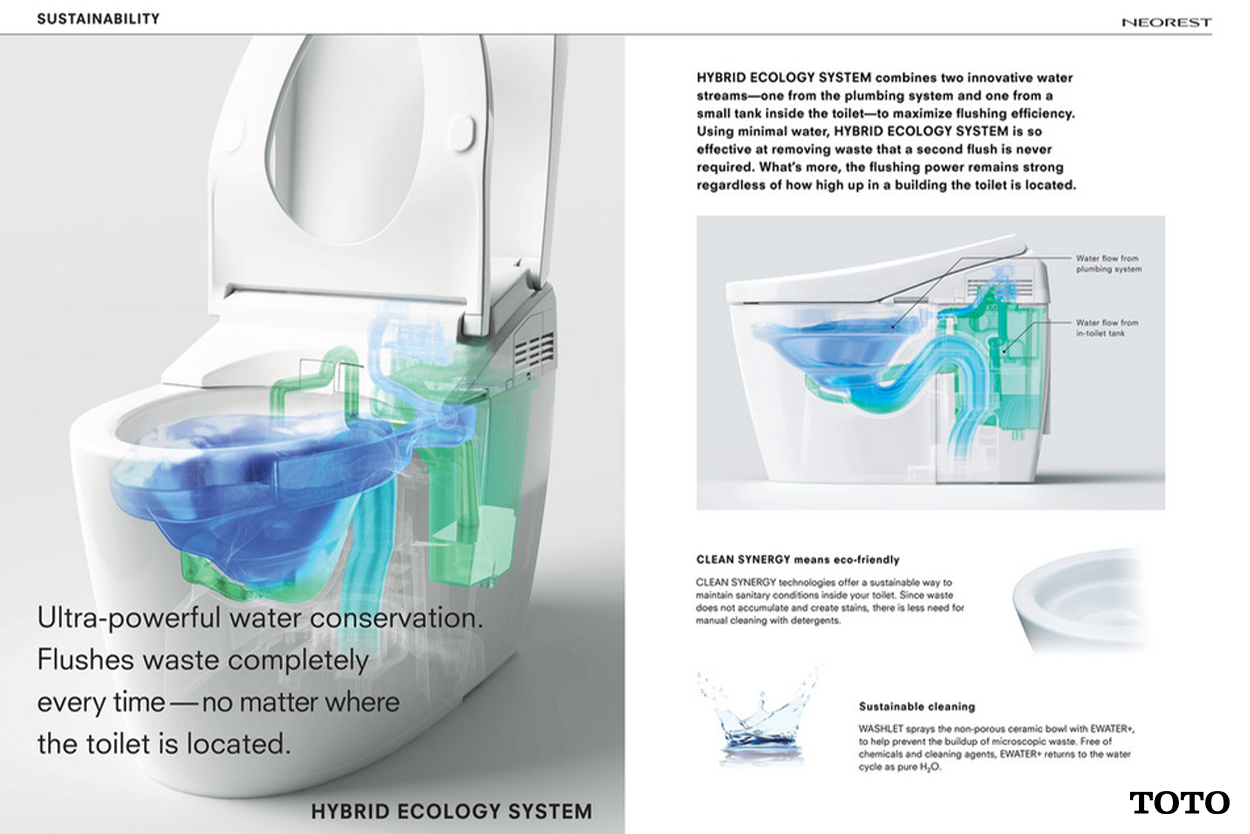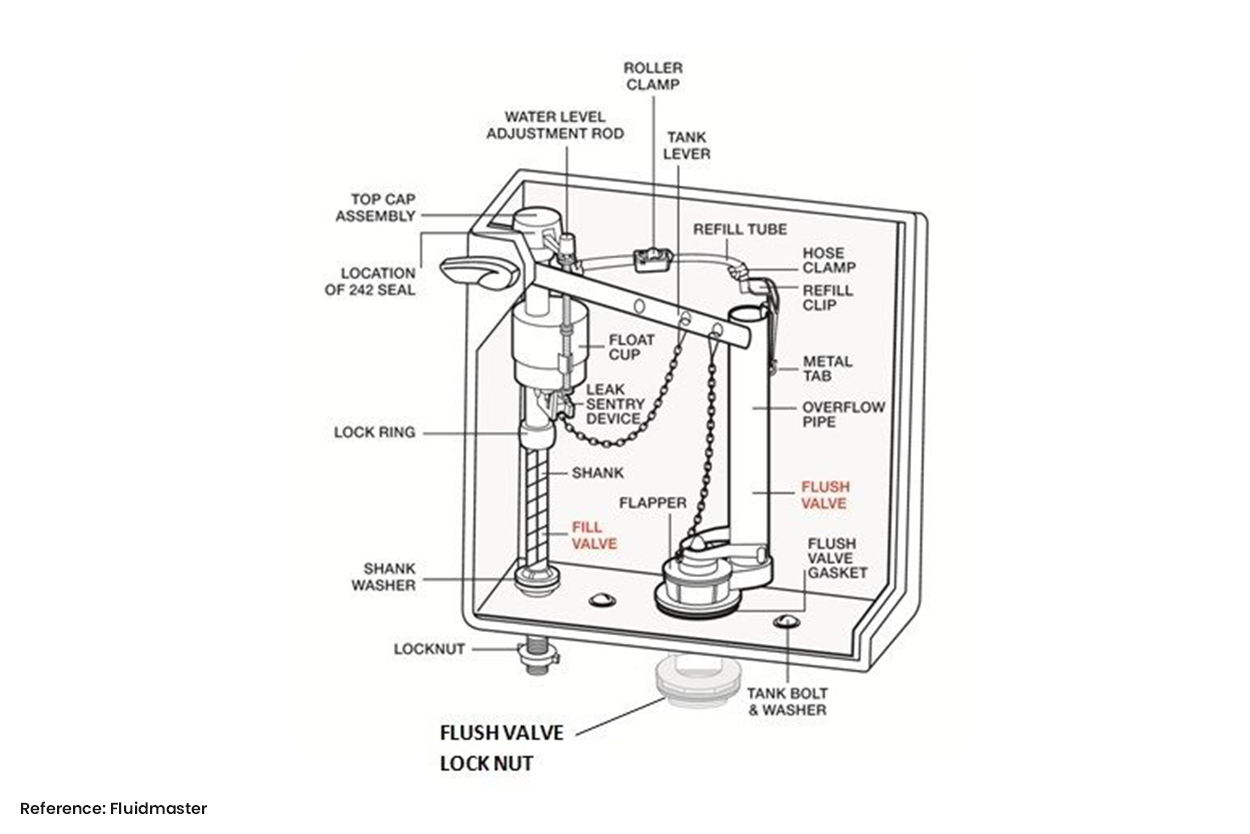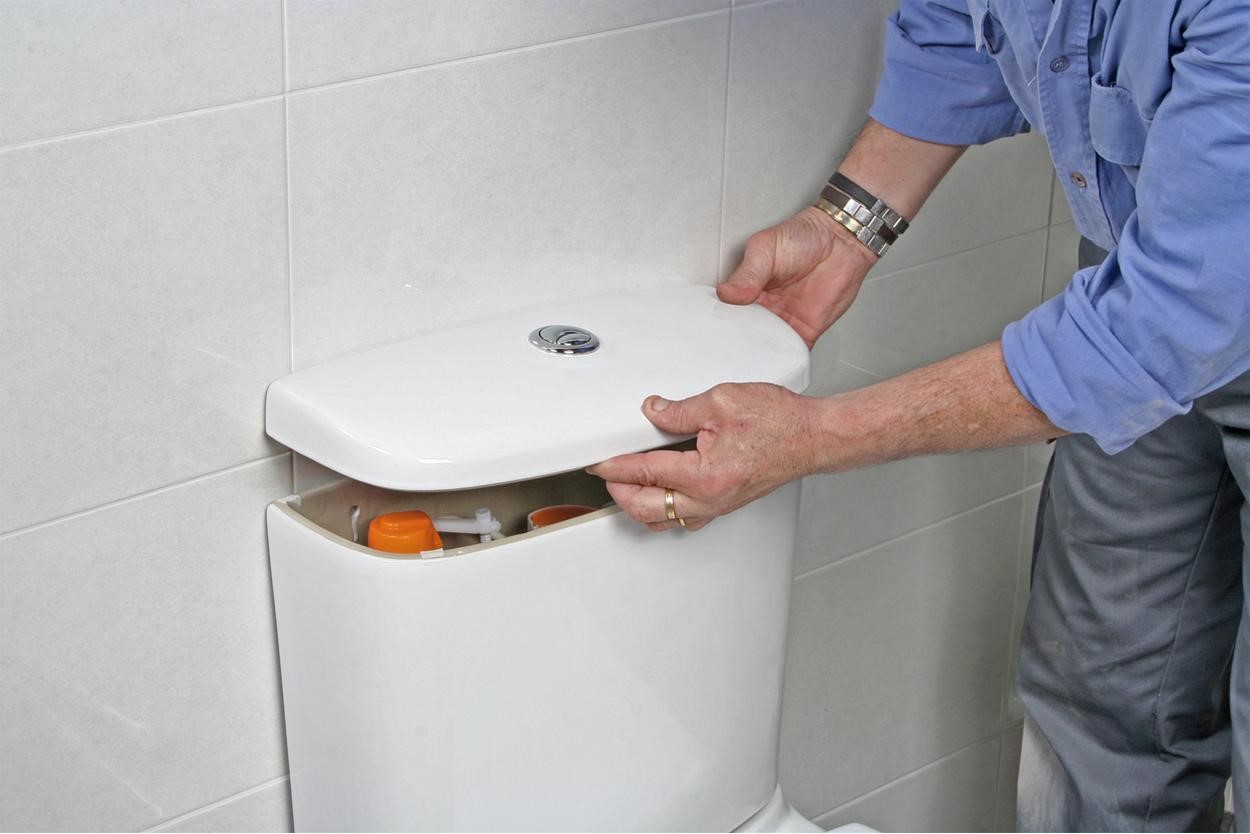
Your toilet flush consists of many parts, but the valve is arguably one of the most important components of the entire system. After all, a faulty valve can prove quite costly; not only is it difficult to find a replacement part, especially if your toilet bowl is old, but the amount of water that will be leaked because of it is staggering.
On the surface, toilet flush systems seem simplistic enough, but underneath the lid is an entire mechanism that works seamlessly to wash your businesses away. Amongst that jumble of parts is the toilet flush valve, which controls the water flow from the tank to the toilet bowl. It is a crucial cog of all toilet flush systems, without which the flush wouldn't be functioning at all. In this article, we'll explore its role in a flushing system, what happens if it fails, and how you can replace it.
What is a Toilet Flush Valve and How Does it Work?
Source: fluidmaster
The flush valve is a self-closing device designed to control or release a large volume of water when activated, which is what creates that flush. Comprising a trip lever, lift rod, tank-ball, flush valve seat, and an overflow pipe, this mechanism is commonly used for most toilet flush systems in a toilet or a urinal. It is usually located inside the toilet tank or the body of the urinal, and most toilets utilise a push-button activator that triggers the flush valve into action.
Common Kinds of Valve Damage
A damaged toilet flush valve can be quite troublesome, especially if it doesn't get replaced as quickly as possible. For example, worn flush valves can cause toilets to leak large amounts of water, depending on how worn out it is. If left unfixed, you can potentially be wasting a great deal of water, which not only hurts the environment, but your wallet as well as your water usage is needlessly bumped up a notch. Corrosion also erodes flush valves over time, creating a hole in the seal between the tank and the toilet bowl over time, allowing water to escape from the tank in a similar fashion. Clearly, it is a critical item that can cripple toilet flush systems if it's not in good condition. Other potential causes of flush valve damages include - worn tank-ball; damaged flush valve seat; split or hole in overflow pipe; damaged gasket under the flush valve; and having a piece of foreign material stuck under the flapper or ball.
How to Replace Your Toilet Flush Valve
Peering beyond your toilet tank lid for the first time can prove to be quite a confusing sight, let alone trying to replace a toilet flush valve. If you find yourself in that situation, here's a quick guide on what to do specifically so you don't fumble around with the parts that aren't supposed to be touched:
- Remove the lid from the toilet tank and shut off the water supply. Then, drain as much water out of the tank as possible by holding onto the flush lever until the toilet is completely flushed. You may also use a sponge or vacuum up any remaining water in the tank.
- Disconnect the water supply tube to the tank; the flapper chain from the tank lever arm; and the refill tube attached to the top of the overflow pipe.
- Unscrew the bolts that hold the tank to the bowl, and when you're loosening the nuts under the tank, be sure to keep the tank bolt from turning as well.
- After lifting the tank off and setting it down, unscrew the locknut underneath the tank that is holding the flush valve to the tank, then remove the old flush valve.
- Install the new flush valve the same way you took the old one out. Check your instruction manual for more specific directions. Then, reattach the tank to the bowl; the flapper chain to the flush lever arm; the fill tube to the overflow pipe; and finally, reconnect the water supply. Do also run test flushes to ensure that the new valve is working.
While damaged valves aren't a common sight, you'd want to ensure that yours is sturdy enough to run your flushing system smoothly as long as possible. Stay assured with quality valves from TOTO, one of the best flushing systems in Singapore. Check out our website for more information.
